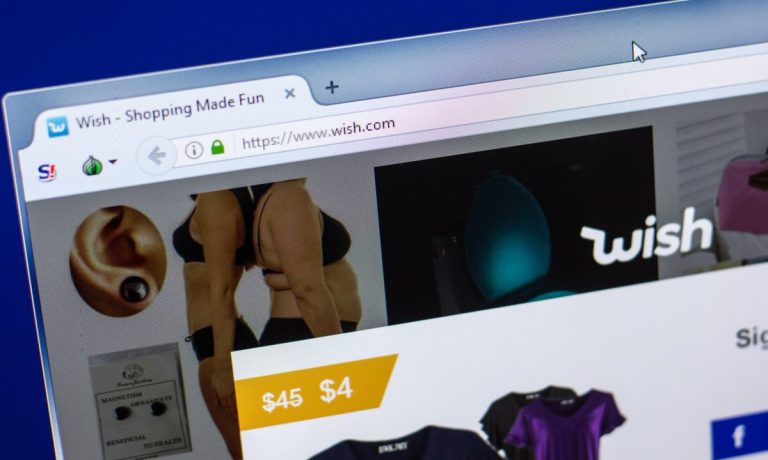Wish Looks to Lure Bargain Hunters With Easier Discovery, Increased Ad Spend

Embattled eCommerce marketplace Wish.com says it’s pinning its recovery hopes on a strong second half fueled by bargain-hunting holiday shoppers in search of a deal at a time of growing economic stress and concern among consumers.
In announcing its second-quarter earnings after the bell on Tuesday (Aug. 9), Wish CEO Vijay Talwar and CFO/COO Vivian Liu tried to balance the retailer’s continued slump in sales against its plans to use social media and increased ad spending to promote its rebranding plans.
“We’re finding that consumers overall are looking for lower prices and trading down because their dollars are stretched in terms of the external environment,” Talwar told analysts on the company’s earnings call, adding that Wish.com was attracting the right consumers at the right price points at the right time.
Rebranding for the Holidays
To help stem a $90 million loss and an 80% decline in Q2 revenues that was actually better than analysts expected, Talwar presented a three-pronged plan revolving around the vision reflected in the company’s new tagline “Bargains Made Fun. Discovery Made Easy.”
“We will begin rolling out the rebrand in stages starting in August, incorporating a new logo, a new design and new imagery,” Talwar said, noting that the rebrand would also be supported by a multichannel advertising campaign running in its largest markets beginning in August and running throughout the holiday season.
Read: Wish.com CEO: Our Customers ‘Forget What They Bought,’ Enjoy the Surprise
That campaign will also diversify marketing spend, Talwar said, to balance traditional media outlets like TV and radio against newer platforms like TikTok and Snapchat with the intention of boosting appeal among Wish’s targeted young Gen Z and millennial consumer base.
Doubling down on comments made three months ago during the company’s last earnings call in May, Talwar talked up recent improvements in Wish’s Net Promoter Score (NPS) as proof that customer experience improvements on its app, together with better policing of the quality of sellers on the site, are starting to pay off.
At the same time, Talwar said headwinds, particularly those effecting its European business, continued into Q2 alongside overall inflationary conditions. It’s a scenario the company moved to partly address last month when it partnered with U.K. retail parcel network Collect+ to speed the pickup, delivery and return of packages.
To that point, some market watchers blamed a pullback in ad spend in 2021 for Wish’s poor performance, as well as slow delivery times and poor-quality merchandise for causing many users to abandon the platform in search of a better customer experience.
As much as the company is trying to add new sellers while also looking to replace unreliable or unethical ones, analysts pointed out that the majority of Wish’s sellers were still based in China, a fact that underpins many of the logistical and merchandise quality problems that have been a drag on Wish for years.
“We started diversifying our merchant base a year ago and we made a lot of progress in terms of recruiting merchants from outside of China,” Liu said. “If you look at the distribution of the merchant counts in China, versus outside of China, it has changed materially,” she said, noting that about 60% of the sellers on its platform are still based there.
For all PYMNTS retail coverage, subscribe to the daily Retail Newsletter.

